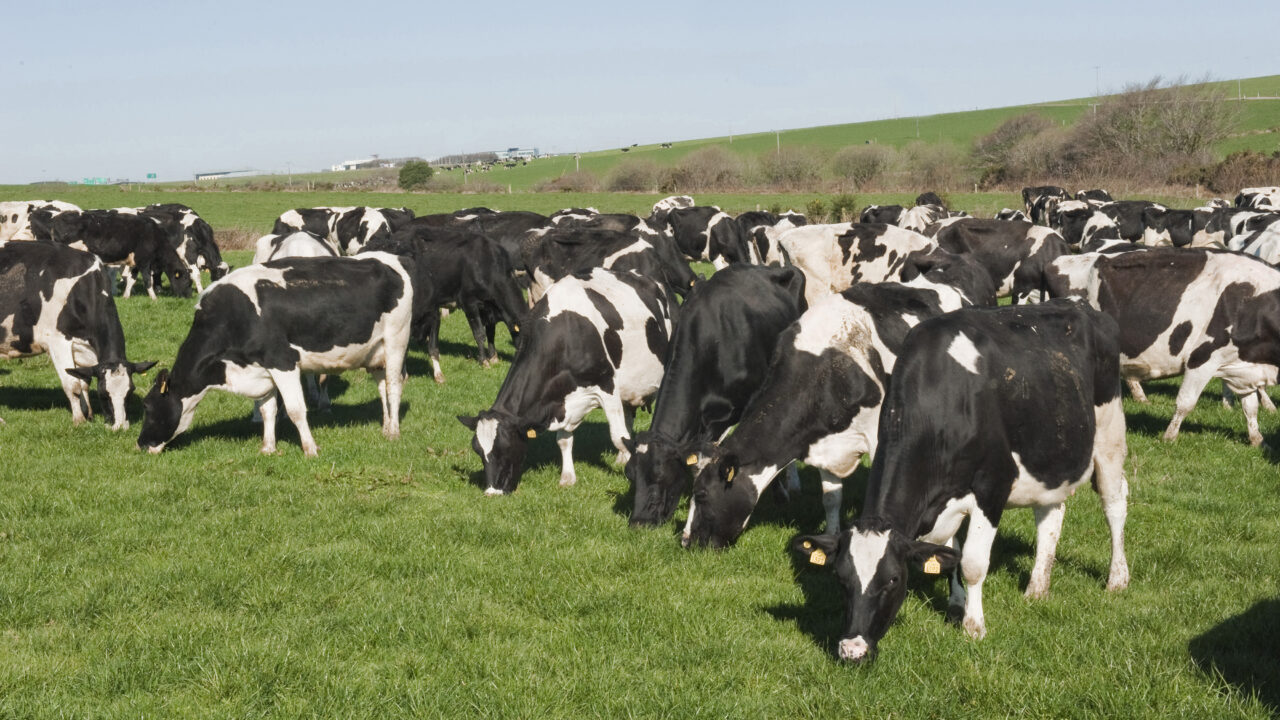Cows need to be on a rising plane of nutrition or gaining weight at the moment as they’re approaching the breeding season, Liam Stack, Technical Specialist at Gain Feeds, says.
“A cows energy intake at present is nearly 100% dictated by how much grass you’re going to get into her. So, if you’re overestimating your grass intake, your cows are not going to be taking as much energy as you think.”
Liam says that, at present, the way grass is growing, grass growth across the Leinster region is only 40-45kg and demand is closer to 50-55kg depending on what stocking rate you get up to.
“It can lead to situations where you’re overestimating the intake of grass out on farm, that’s going to have knock on effects on body condition score, on cows potential to gain weight and on milk proteins out on farm.”
With the grass quality on farms at the moment, as farmers increase the amount of grass into a cows diet, the cows rumen become under more and more pressure, Liam says. That can then lead to a situation or a disorder called sub-clinical rumen acidosis, he says.
“This means that as the cows rumen comes under more and more pressure she gets less use of what you’re putting in and passes a greater amount of it out in her.
“A big clinical sign of that out on farm would be low butter fat or butter fats dropping, butter fats and protein being one for one and it can go as far as butter fats being lower than protein.”
Liam says to overcome those issues on grass you need to ensure that you’re feeding the cows a good source of digestible or un-digestable fibres, so make sure your concentrates are based around soya hulls, beet pulp, citrus pulp.
He advises not having a huge quantity of native cereals like barley or wheat in a concentrate but farmers can contemplate putting some straw or dry baled silage into cows diets as well.
